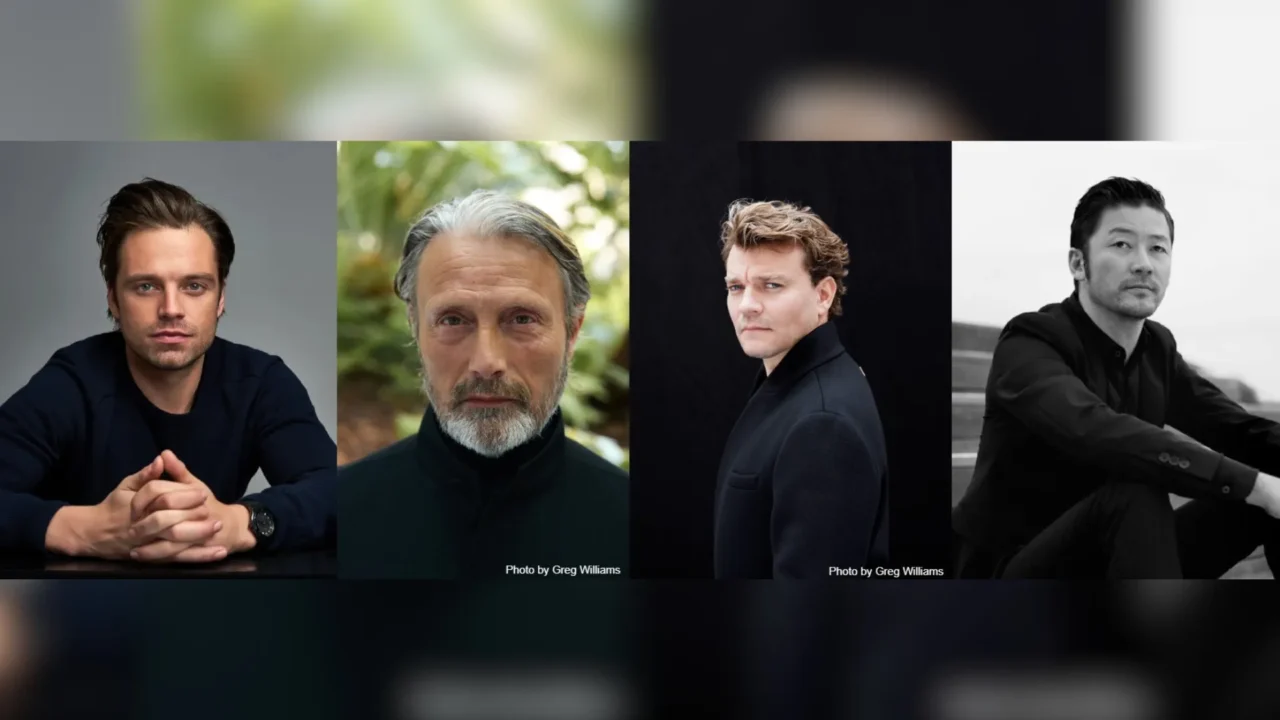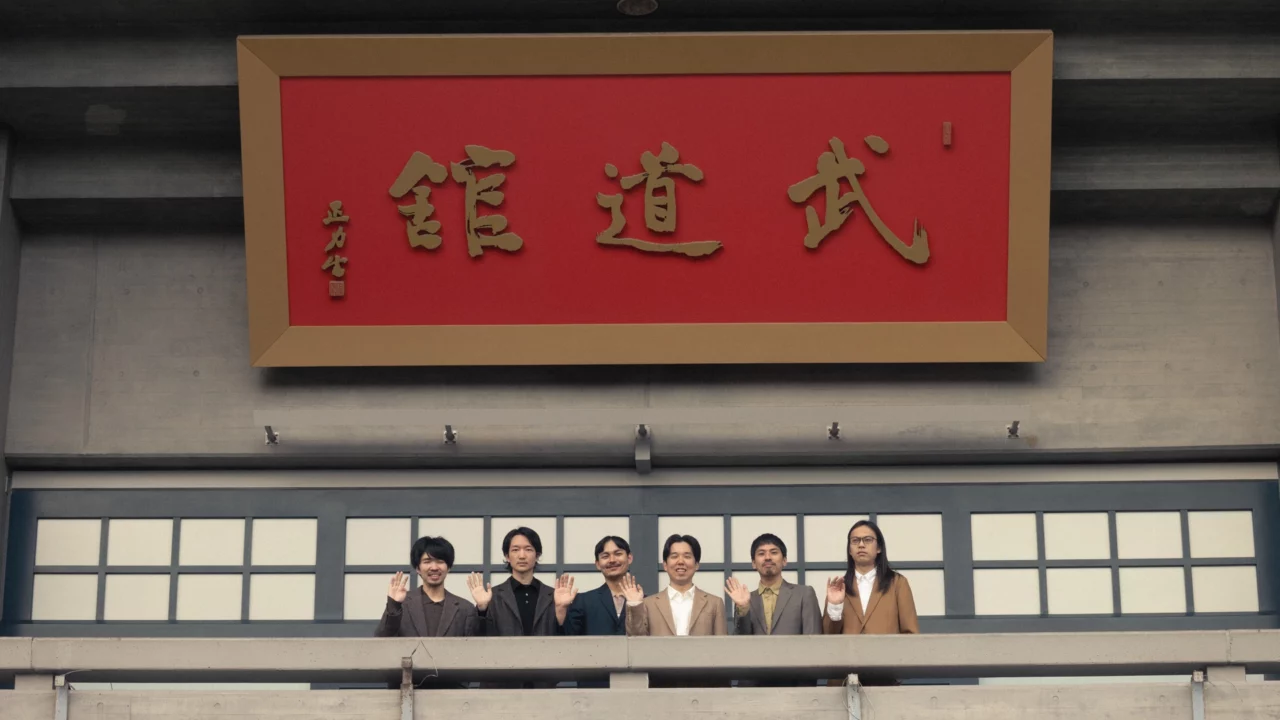Director Marco Bellocchio’s ‘Exterior Night’ will be released on Friday, August 9. This epic film explores the 1978 kidnapping and assassination of Italy’s former Prime Minister from multiple perspectives, including those of one of the perpetrators, the victim’s wife, and the Pope. It blends fantasy and blatant fiction, blurring the line between reality and imagination.
Critic Yuji Shibasaki notes that the film’s “fictional” elements serve not only as captivating artistic choices but also as a reflective inquiry into the treatment of historical events as narrative. This is discussed in the 17th installment of the series “That Selection Creates the Film.”
Please note that this article contains descriptions of the film’s content.
INDEX
The Italian Prime Minister’s Kidnapping: A Comprehensive External Examination
On March 16, 1978, at 9:02 a.m., on Mario Fani Street in the center of Rome, former Prime Minister and Christian Democrat leader Aldo Moro was kidnapped by unknown assailants.
At that time, Italian society was plagued by terrorism from both far-right and far-left groups, with frequent incidents of violence and kidnapping. The kidnapping of Aldo Moro by the far-left armed group “Red Brigades,” the subsequent shooting of his five bodyguards, his 55-day captivity, and his murder following a “people’s trial” are remembered as a shocking episode symbolizing the violent struggles of the so-called “Years of Lead.” The vast amount of research, numerous books, and many visual works created about this event illustrate how it continues to be a massive trauma that profoundly affects the identity of many Italians.
Moreover, the event occurred against a backdrop of complex political maneuvers, including the “historic compromise” between the long-dominant Christian Democrats and the Italian Communist Party, and the emerging coalition government. Various political machinations involving the mafia and anti-communist forces both domestically and abroad were involved (or so it is believed). As a result, conspiracy theories have abounded, and a plethora of “truths” continue to emerge to this day. Indeed, the Aldo Moro kidnapping and assassination remains one of the most crucial moments in the study of modern Italian history.
‘Exterior Night’ is a monumental work by renowned Italian director Marco Bellocchio, spanning a total of 340 minutes. The film, originally produced as a six-part television drama, is Bellocchio’s first venture into depicting the Aldo Moro kidnapping and assassination. In fact, Bellocchio had previously explored this subject in his 2003 film Goodbye, Night (original title Buongiorno, notte), inspired by the memoir Prisoner (1998) by Anna Laura Braghetti, a member of the Red Brigades.
This film markedly differs from other Italian works dealing with the “Years of Lead” and the Moro case. Instead of verifying historical facts or uncovering new details, it presents a “what-could-have-been” history through the internal perspective of Chiara, a female activist modeled after Braghetti. The narrative blends dreams and reality, offering a speculative portrayal where Moro survives the ordeal. Notably, the film even explores an alternate scenario where Moro does not die, following the development of an imaginary film script introduced in the movie.
The name of this fictional script, handed to Chiara by someone unaware of her true identity, is precisely ‘Goodbye, Night.’ This episode exemplifies the meta-structural aspect of Bellocchio’s work, as discussed below.

So, what perspective did Bellocchio adopt when he revisited the Molo case in ‘Exterior Night’ more than 19 years after his masterpiece? Let us quote a part of the statement by Bellocchio himself.
In this film, except for the tragic epilogue at the end, we are outside the confinement of Mauro. This time, the protagonists are men and women who acted outside the Moro confinement, who were involved in the kidnapping from various perspectives: family members, politicians, priests, the Pope, professors, police, secret service, members of the Red Brigades on the run or in prison, and even the Mafia and infiltrators.
From the press release
True to these words, the film shows the events before and after the incident from the viewpoints of Francesco Cossiga, the Minister of the Interior in charge of the investigation, Pope Paul VI, Adriana Faranda, a member of the Red Brigades, Eleonora Morro, Aldo’s wife, and others. In other words, if “Hello, Night” depicted the “night” as witnessed (experienced) by the people inside Mollo’s confinement, this film attempts to depict the outside of the confinement site, or “outside the night,” by intersecting multiple viewpoints.
A single incident of kidnapping and confinement is viewed from the viewpoints of different people, each with their own “narrative,” which sometimes overlap, collide, and conflict with each other. The film invites us to experience a completely different cinematic experience from the usual films that pile up historical facts with monolithic plots, as was attempted in “Hello, Night” in the past.

INDEX
The Characteristic Soundscapes in Bellocchio’s Films
Bellocchio is also highly regarded for his characteristic use of music. He has made many vivid allusions to existing music, not only classical, but also to the aforementioned “Hello, Night,” which had a particularly strong impact on the audience. In particular, the sequence in which Pink Floyd’s “The Great Gig in the Sky” is superimposed on the hallucinatory images seen by the main character Chiara, as well as “Shine On You Crazy Diamond” (also by Pink Floyd) and “The Great Gig in the Sky” (also by Pink Floyd) were particularly impressive. On You Crazy Diamond” by Pink Floyd, was so overwhelmingly powerful that I would say it was the best moment of my personal “film x music” experience in my lifetime.
What about the use of music in this film? First of all, I would like to mention the wonderful original score by Fabio Massimo Capogrosso, a young composer who also composed the music for Bellocchio’s latest film “Edgardo Mortara: The Strange Fate of a Boy,” which was released this spring (in reverse order of its theatrical release in Japan). The score, which is both profound and honest, a rarity in films these days, plays an important role in sustaining a suspenseful mood throughout the film (he won the title of composer of the year at the Puglia Soundtrack Awards for his score to this film).
On the other hand, the number of existing songs used is not large, and given the length of the film, it is rather quite small. However, the richness of the connotations contained in them (or so the viewer is led to imagine) can only be described as the Verrocchio style.
As for the use of classical references, Verdi’s music, which has been used frequently in his previous works, is again used in important scenes in this production. Paul VI’s vision of Moro performing the so-called “Wayfarer of the Cross” to the tune of “The Day of Wrath,” one of the most famous mass pieces in the famous “Requiem,” is one of the most sublime and profound images in this work. This scene is one of the most sublime and profound images in the film.
If we know that this piece was originally written by Verdi to commemorate the Italian poet, writer, and political thinker Alessandro Manzoni, we cannot help but feel the connection with the Passion-filled figure of Moro, which is extremely suggestive.
Also noteworthy is the scene in which the founding members of the “Red Brigade” are put on trial. Despite the harsh prosecution, the members of the Red Brigades remain firm in their stance, and together with their sympathizers they sing the famous revolutionary song “The International”. The song itself is not particularly surprising, since it has been depicted in many films in various forms in which leftist activists from the East and West have sung this song. What is noteworthy here is that the song, which was originally sung a cappella by the defendants and their sympathizers in the courtroom, is now accompanied by a magnificent accompaniment that appears offscreen before long.
In short, the “imaginary accompaniment,” which should not be possible from the standpoint of realism, covers the soundscape of the film as if it were a matter of course (and with an “on” quality that gives the illusion that it is actually playing in the film’s setting). At first glance, this scene may seem casual, but in the sense that this part of the film skillfully exposes the arbitrariness of the external direction that inevitably accompanies the act of “storytelling” through the music (and the way it is added), does it not also demonstrate the singular and meta-authority of the great master Bellocchio?























